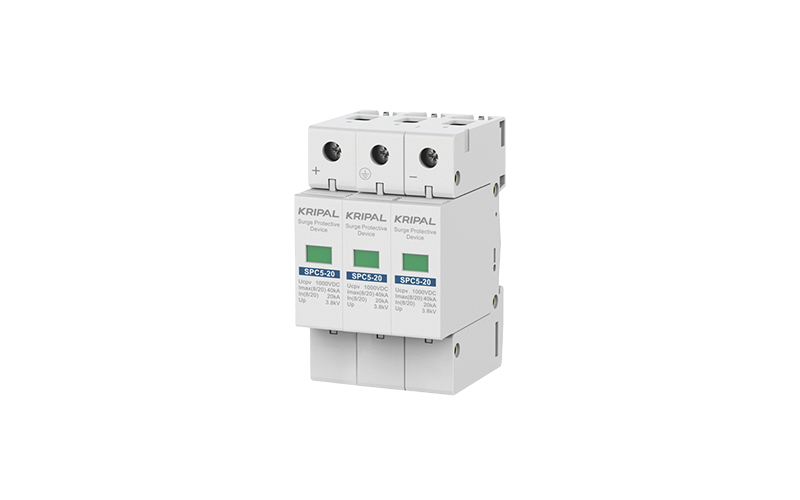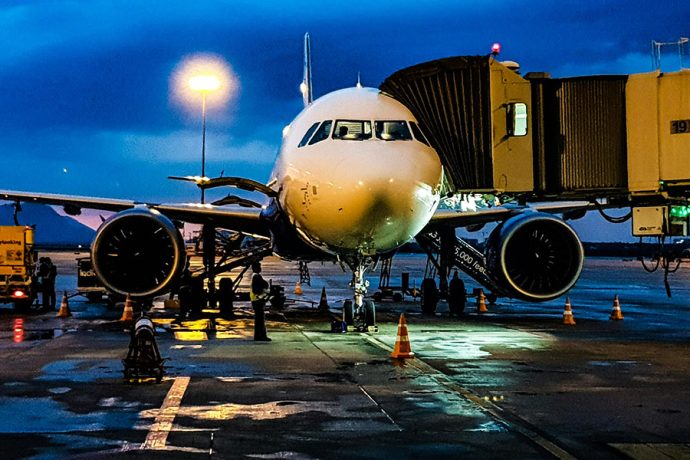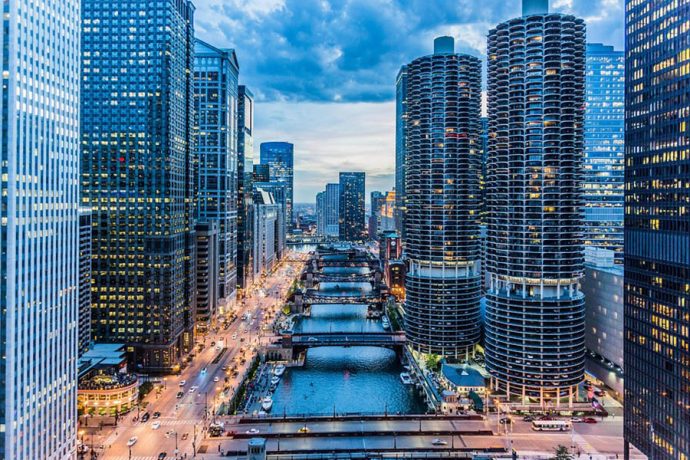DC Surge Protection Device
KRIPAL Modular DC Surge Protective Devices
KRIPAL offers a diverse range of modular DC Surge Protective Devices (SPDs). The SPI, SPB, SPC, and SPD series are designed for applications requiring Class B,Class C and Class D lightning protection, respectively. They are utilized for equipotential bonding during lightning events and comply with international standards including EN 50539-11:2013, IEC 61643-1, and GB/T 18802.1.
Leveraging superior design capabilities, this series incorporates high-performance varistors that respond within nanoseconds, effectively suppressing the impact of lightning strikes on photovoltaic systems.
Get A Quote

SPC-15 DC Surge Protector 2Pole 600V DC SPD 15kA~30kA Surge Arrester
The SPC-15 2p Surge Arrester provides equipotential bonding at the boundaries of LPZ1, LPZ2, and LPZ3 zones.
View DetailsKRIPAL Modular DC Surge Protective Devices
SPI Series (SPI-150, SPI-120, SPI-100, SPI-80, SPI-60)
Designed for Class B Lightning Protection, the SPI series provides equipotential bonding during lightning events.
Models SPI-150, SPI-120, and SPI-100 are typically installed at the boundaries between LPZ0A/LPZ0B and LPZ1 zones.
Models SPI-80 and SPI-60 are commonly installed in low-voltage main distribution cabinets where underground conduits enter the building.
SPB Series (SPB5-25, SPB3-25)
This series is engineered for Class B Lightning Protection, ensuring equipotential bonding. These devices are installed at the boundaries of LPZ0A, LPZ0B, and LPZ1 zones and are typically housed in the main low-voltage distribution cabinet for incoming underground lines.
SPC Series (SPC-20, SPC-15, SPC5-20, SPC5-15)
These products are suitable for Class C Lightning Protection and facilitate equipotential bonding. Installed at the boundaries of LPZ1, LPZ2, and LPZ3 zones, they are commonly used in:
- Floor distribution panels
- Computer centers
- Telecom rooms
- Elevator control rooms
- Variable Frequency Drive (VFD) control rooms
- Hospital operating rooms, ICUs, and areas with electronic medical equipment
- For dispersed villas, the SPC should be installed in the household distribution box.

Applications of Kripal DC MCBs
Explore Solution >
Aviation & Ground Support Equipment (GSE)
The SPC-15 2p Surge Arrester provides equipotential bonding at the boundaries of LPZ1, LPZ2, and LPZ3 zones.
Explore More >
Building Management & Intelligent Construction
The SPC-15 2p Surge Arrester provides equipotential bonding at the boundaries of LPZ1, LPZ2, and LPZ3 zones.
Explore More >
Electric Vehicle (EV) Charging Infrastructure
The SPC-15 2p Surge Arrester provides equipotential bonding at the boundaries of LPZ1, LPZ2, and LPZ3 zones.
Explore More >SPD Series (SPD, SPD5)
This series is applicable for Class D Lightning Protection and is used for equipotential bonding. Installed at the boundaries of LPZ1, LPZ2, and LPZ3 zones, they are typically mounted in:
- Household distribution boxes
- Computer centers
- In front of information equipment, electronic devices, control equipment, or the nearest socket outlet boxes.
Frequently Asked Questions
Explore FAQ >How can we assist you?
Tell us a bit more so we can route your request to the right expert.

